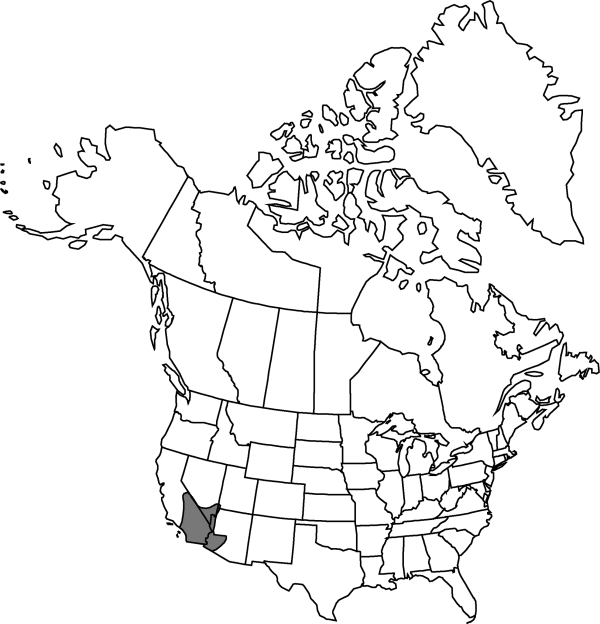Abronia villosa
Amer. Naturalist 7: 302. 1873.
Plants annual. Stems decumbent to ascending, often widely spreading, much branched in large plants, forming large, loose mats, elongate, usually with reddish tinge, glandular-pubescent to long viscid-villous. Leaves: petiole 0.5–5 cm; blade deltate-ovate to ovate or elliptic, 1–5 × 1–4.5 cm, margins entire to sinuate and ± undulate, adaxial surface glabrous or glandular-pubescent, abaxial surface glandular-pubescent. Inflorescences: peduncle longer than subtending petiole; bracts lanceolate to lance-ovate, 2.5–11 × 1–3 mm, papery, viscid-villous; flowers 15–35. Perianth: tube pink, 10–35 mm, limb usually magenta, with light eyespot, rarely white, 6–18 mm diam. Fruits usually winged, ± obdeltate in profile, 5–10 × 4–15 mm, indurate, ± rugose-veined, sometimes inconspicuously so; wings 3–5, not folded, without dilations, thin, truncate distally, equaling or extending slightly beyond conic apex of fruit body, interior spongy.
Distribution

w United States, nw Mexico.
Discussion
Varieties 2 (2 in the flora).
Selected References
None.
Key
| 1 | Perianth tubes 10-20 mm; fruits strongly rugose veined | Abronia villosa var. villosa |
| 1 | Perianth tubes 20-35 mm; fruits inconspicuously rugose veined | Abronia villosa var. aurita |